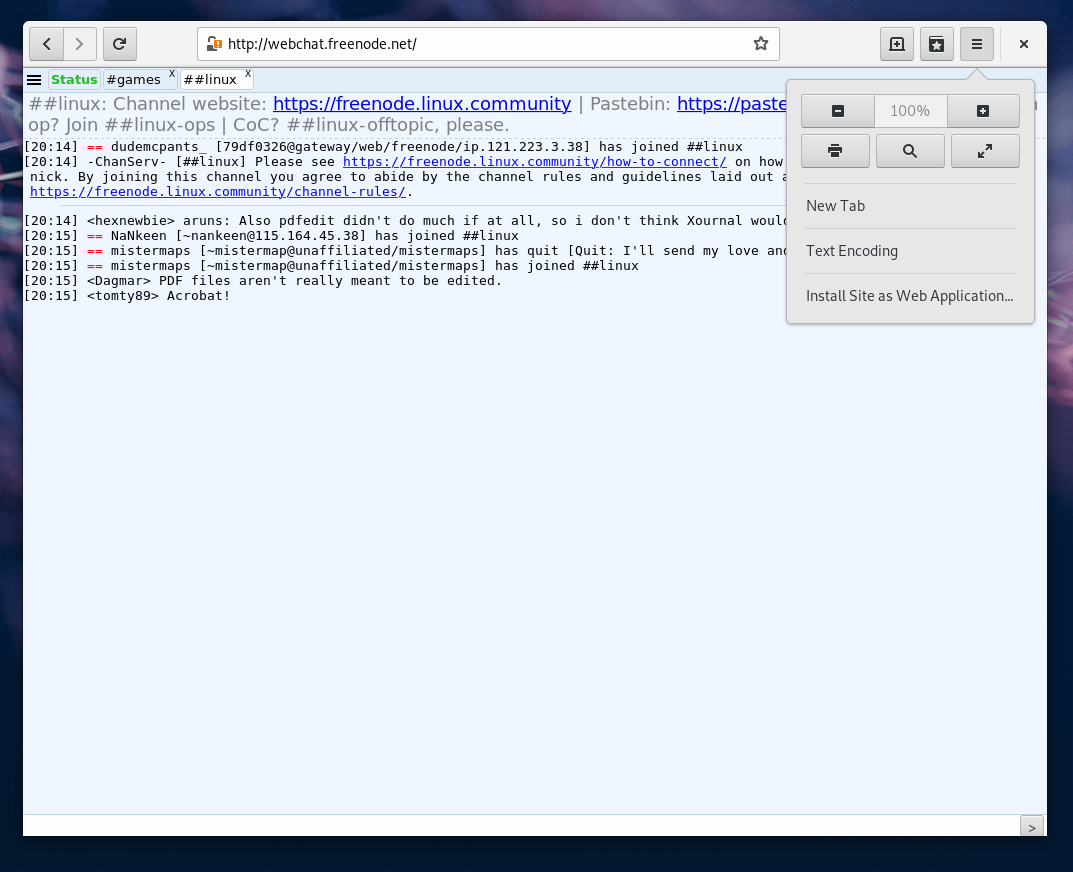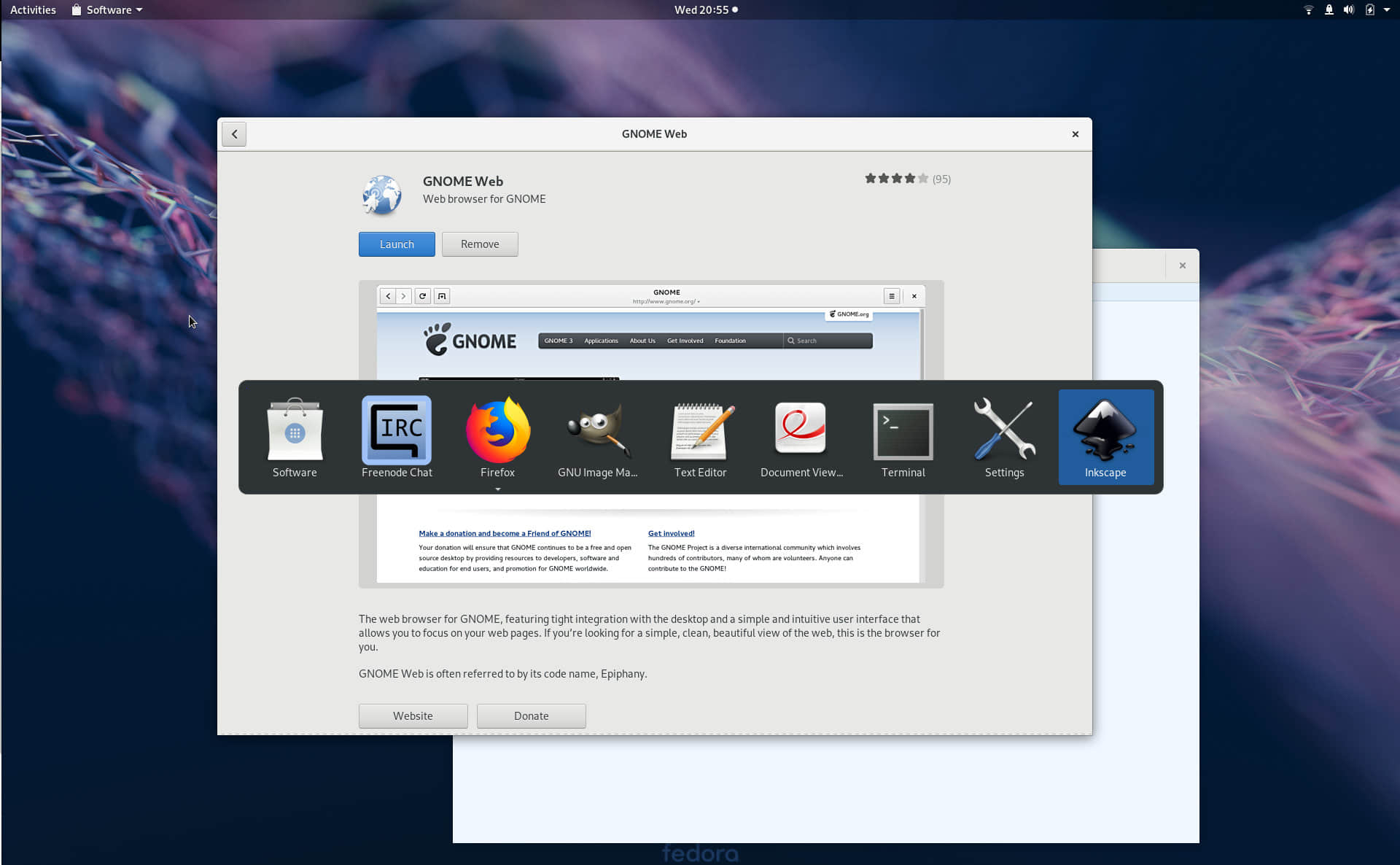
构建单页面应用(SPA)有许多的框架/库,但是我希望它们能少一些。我有一个解决方案,我想共享给大家。
class Router {
constructor() {
this.routes = []
}
handle(pattern, handler) {
this.routes.push({ pattern, handler })
}
exec(pathname) {
for (const route of this.routes) {
if (typeof route.pattern === 'string') {
if (route.pattern === pathname) {
return route.handler()
}
} else if (route.pattern instanceof RegExp) {
const result = pathname.match(route.pattern)
if (result !== null) {
const params = result.slice(1).map(decodeURIComponent)
return route.handler(...params)
}
}
}
}
}
const router = new Router()
router.handle('/', homePage)
router.handle(/^\/users\/([^\/]+)$/, userPage)
router.handle(/^\//, notFoundPage)
function homePage() {
return 'home page'
}
function userPage(username) {
return `${username}'s page`
}
function notFoundPage() {
return 'not found page'
}
console.log(router.exec('/')) // home page
console.log(router.exec('/users/john')) // john's page
console.log(router.exec('/foo')) // not found page
使用它你可以为一个 URL 模式添加处理程序。这个模式可能是一个简单的字符串或一个正则表达式。使用一个字符串将精确匹配它,但是如果使用一个正则表达式将允许你做一些更复杂的事情,比如,从用户页面上看到的 URL 中获取其中的一部分,或者匹配任何没有找到页面的 URL。
我将详细解释这个 exec 方法 … 正如我前面说的,URL 模式既有可能是一个字符串,也有可能是一个正则表达式,因此,我首先来检查它是否是一个字符串。如果模式与给定的路径名相同,它返回运行处理程序。如果是一个正则表达式,我们与给定的路径名进行匹配。如果匹配成功,它将获取的参数传递给处理程序,并返回运行这个处理程序。
工作示例
那个例子正好记录到了控制台。我们尝试将它整合到一个页面,看看它是什么样的。
<!DOCTYPE html>
<html lang="en">
<head>
<meta charset="utf-8">
<meta name="viewport" content="width=device-width, initial-scale=1.0">
<title>Router Demo</title>
<link rel="shortcut icon" href="data:,">
<script src="/main.js" type="module"></script>
</head>
<body>
<header>
<a href="/">Home</a>
<a href="/users/john_doe">Profile</a>
</header>
<main></main>
</body>
</html>
这是 index.html。对于单页面应用程序来说,你必须在服务器侧做一个特别的工作,因为所有未知的路径都将返回这个 index.html。在开发时,我们使用了一个 npm 工具调用了 serve。这个工具去提供静态内容。使用标志 -s/--single,你可以提供单页面应用程序。
使用 Node.js 和安装的 npm(它与 Node 一起安装),运行:
npm i -g serve
serve -s
那个 HTML 文件将脚本 main.js 加载为一个模块。在我们渲染的相关页面中,它有一个简单的 <header> 和一个 <main> 元素。
在 main.js 文件中:
const main = document.querySelector('main')
const result = router.exec(location.pathname)
main.innerHTML = result
我们调用传递了当前路径名为参数的 router.exec(),然后将 result 设置为 main 元素的 HTML。
如果你访问 localhost 并运行它,你将看到它能够正常工作,但不是预期中的来自一个单页面应用程序。当你点击链接时,单页面应用程序将不会被刷新。
我们将在每个点击的链接的锚点上附加事件监听器,防止出现缺省行为,并做出正确的渲染。因为一个单页面应用程序是一个动态的东西,你预期要创建的锚点链接是动态的,因此要添加事件监听器,我使用的是一个叫 事件委托 的方法。
我给整个文档附加一个点击事件监听器,然后去检查在锚点上(或内部)是否有点击事件。
在 Router 类中,我有一个注册回调的方法,在我们每次点击一个链接或者一个 popstate 事件发生时,这个方法将被运行。每次你使用浏览器的返回或者前进按钮时,popstate 事件将被发送。
为了方便其见,我们给回调传递与 router.exec(location.pathname) 相同的参数。
class Router {
// ...
install(callback) {
const execCallback = () => {
callback(this.exec(location.pathname))
}
document.addEventListener('click', ev => {
if (ev.defaultPrevented
|| ev.button !== 0
|| ev.ctrlKey
|| ev.shiftKey
|| ev.altKey
|| ev.metaKey) {
return
}
const a = ev.target.closest('a')
if (a === null
|| (a.target !== '' && a.target !== '_self')
|| a.hostname !== location.hostname) {
return
}
ev.preventDefault()
if (a.href !== location.href) {
history.pushState(history.state, document.title, a.href)
execCallback()
}
})
addEventListener('popstate', execCallback)
execCallback()
}
}
对于链接的点击事件,除调用了回调之外,我们还使用 history.pushState() 去更新 URL。
我们将前面的 main 元素中的渲染移动到 install 回调中。
router.install(result => {
main.innerHTML = result
})
DOM
你传递给路由器的这些处理程序并不需要返回一个字符串。如果你需要更多的东西,你可以返回实际的 DOM。如:
const homeTmpl = document.createElement('template')
homeTmpl.innerHTML = `
<div class="container">
<h1>Home Page</h1>
</div>
`
function homePage() {
const page = homeTmpl.content.cloneNode(true)
// You can do `page.querySelector()` here...
return page
}
现在,在 install 回调中,你可以去检查 result 是一个 string 还是一个 Node。
router.install(result => {
if (typeof result === 'string') {
main.innerHTML = result
} else if (result instanceof Node) {
main.innerHTML = ''
main.appendChild(result)
}
})
这些就是基本的功能。我希望将它共享出来,因为我将在下篇文章中使用到这个路由器。
我已经以一个 npm 包 的形式将它发布了。
via: https://nicolasparada.netlify.com/posts/js-router/
作者:Nicolás Parada 选题:lujun9972 译者:qhwdw 校对:wxy
本文由 LCTT 原创编译,Linux中国 荣誉推出






